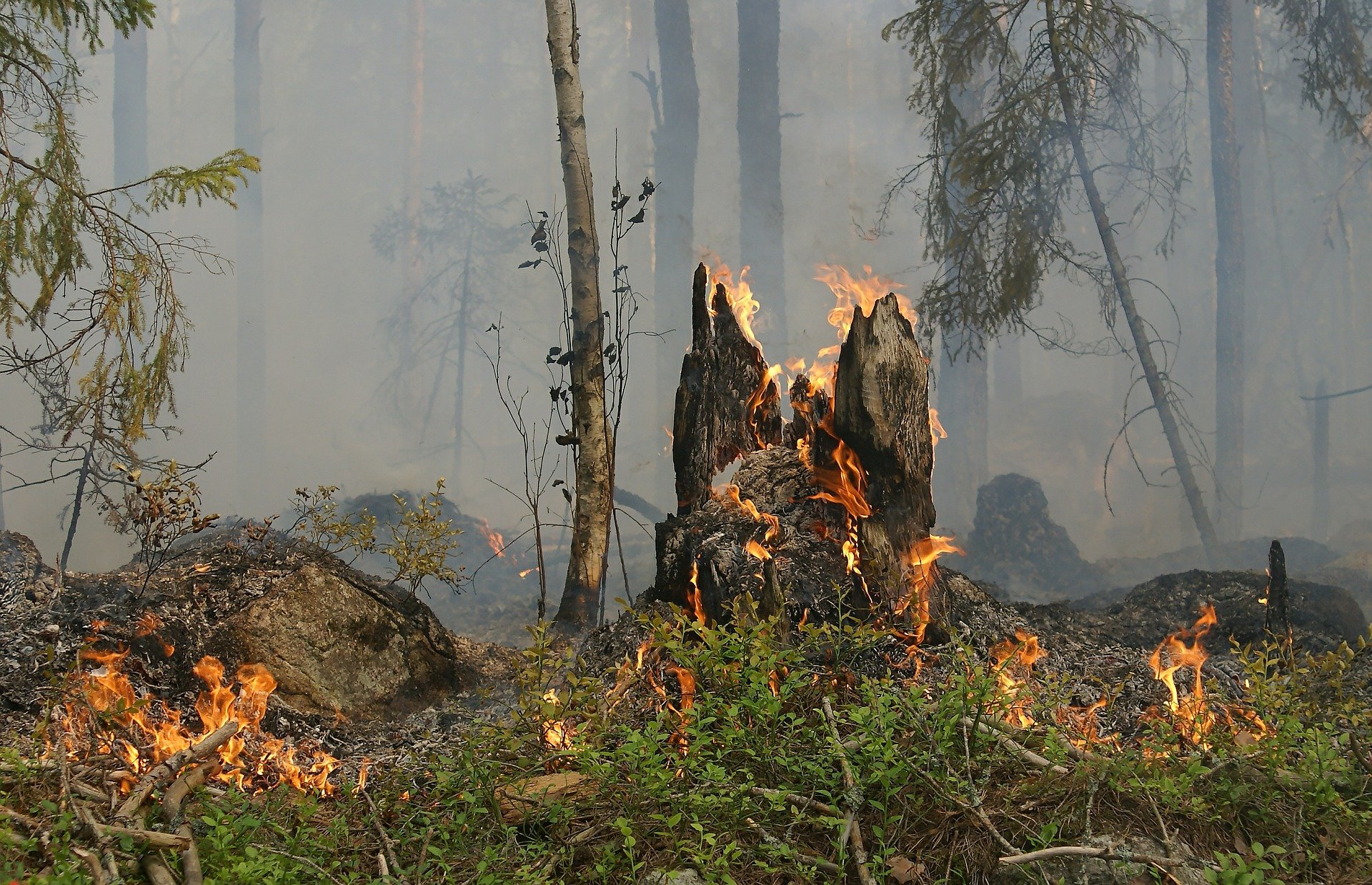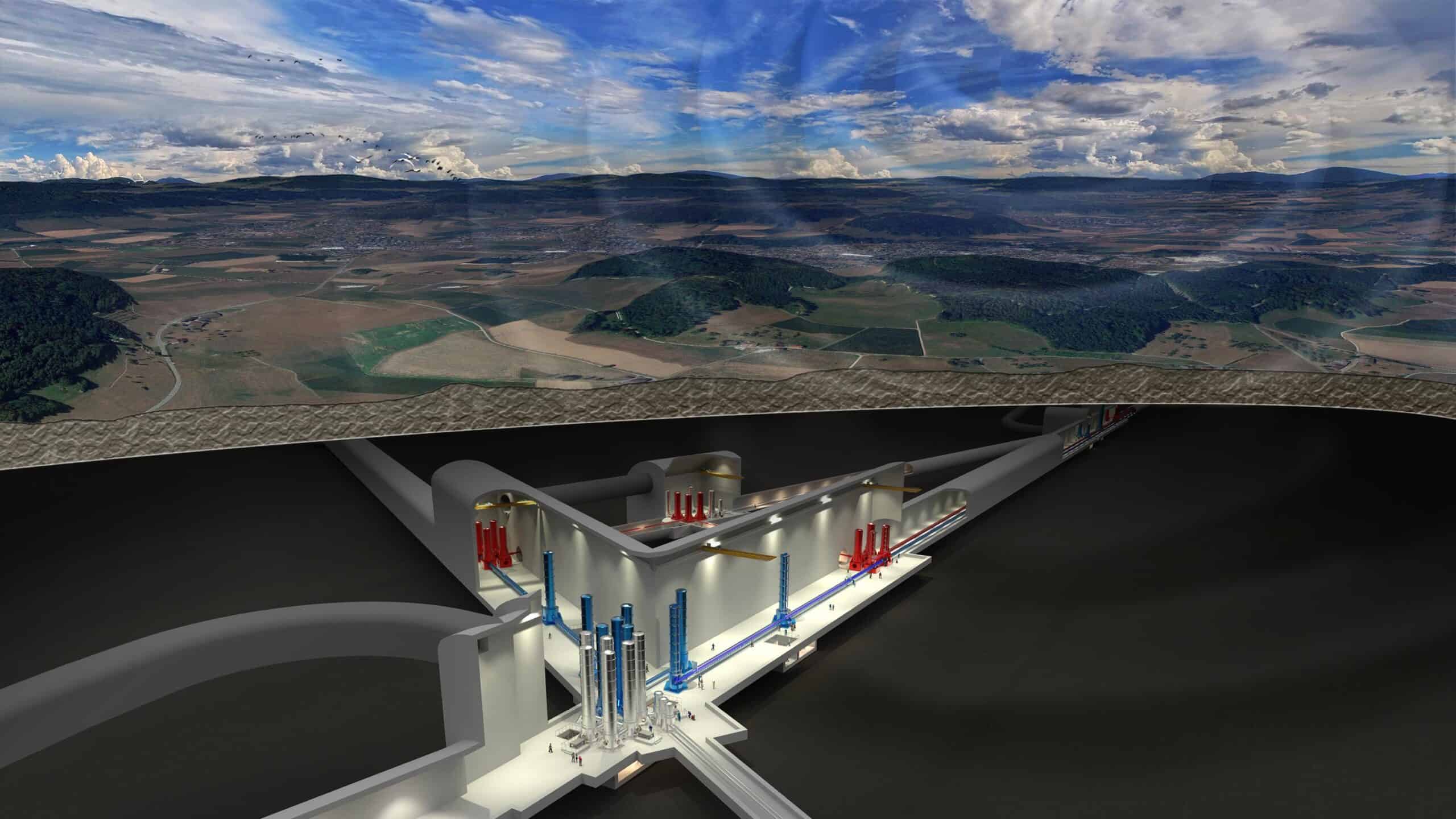
OroraTech, a startup formed at the Technical University of Munich (TUM), is preparing to launch a fleet of small satellites. They will use infrared cameras to detect temperature anomalies at high temporal and spatial resolutions. With the data, the young entrepreneurs want to localize forest fires quickly and track their spread in real-time, they explain in a press release.
Extreme weather events are becoming more frequent everywhere in the world: Even at higher latitudes where heat waves and droughts were rare in the past, the risk of forest fires is on the increase. Dry conditions and winds cause the fires to spread and go out of control faster. Forest and bush fires not only destroy vegetation − they also fuel climate change.
“If we want to fight forest and bush fires, stop the illegal slash-and-burn activity and thus reduce CO2 emissions, we need a global early warning system,” says Thomas Grübler, one of the founders of the OroraTech startup. At present it can take several hours or even days before a fire source is identified and reported by ground-based fire watch crews, aircraft, or drones, he explains. That may be long enough for a fire to spread over a considerable area. “Satellites facilitate quicker and more targeted tracking of forest fires. With this information, fire crews on the ground can fight fires faster and more precisely,” adds Grübler.
Company-owned nanosatellites for more precise observations
The algorithms generating the analysis are still using data provided by the big earth observation satellites operated by ESA and NASA, for example. “However, the positioning of these scientific satellites results in an observation gap in the afternoon hours – a high-risk time for forest fires. With small satellites covering new orbital levels, we can close this gap and improve the temporal resolution,” explains Dr. Martin Langer, an alumnus of the TUM Chair of Aeronautics and the CTO of OroraTech.
The nanosatellites used to detect forest fires, which weigh less than 4 kg, are now being built in the company’s Munich lab. Each will be equipped with a thermal infrared camera. The first satellite will travel onboard a rocket launched by a space transport service provider in early 2022. At least one more will follow in the same year. The financing is in place: The company founders have raised 5.8 million euros in venture capital.
“If all goes according to plan, we will launch 14 nanosatellites over the next two years to close the coverage gaps of the large earth observation satellites. This would represent major progress for our customers. From there we can scale up the system to provide 30-60 minutes advance warning,” says Langer.
Selected for you!
Innovation Origins is the European platform for innovation news. In addition to the many reports from our own editors in 15 European countries, we select the most important press releases from reliable sources. This way you can stay up to date on what is happening in the world of innovation. Are you or do you know an organization that should not be missing from our list of selected sources? Then report to our editorial team.







